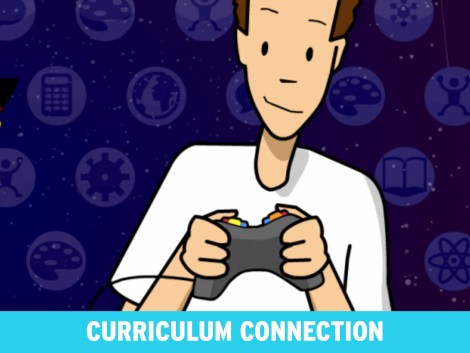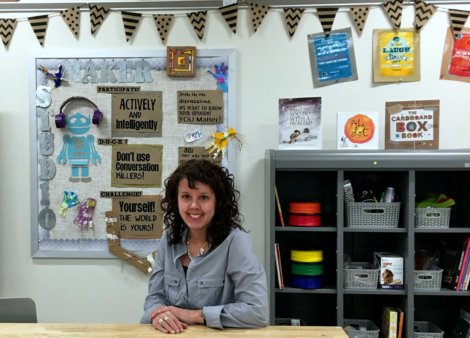
10 Ways Game-Based Learning Can Enhance Your Curriculum
Posted by SM Bruner on
Have you been wanting to try out game-based learning in your classroom? Here are ten ways games can enhance your curriculum and help students meet standards:
1. Make repetition more engaging (and effective.)
Math games like Addition Blocks can make basic fact practice more meaningful and fun, so it’s easier for students to get enough practice to achieve mastery. Even more importantly, games like this monitor student progress and let kids know if they’re not quite getting it. There are opportunities to repeatedly try and fail safely.
2. Sharpen students’ speaking skills and oral language.
Even quiet students tend to get vocal about a good game! After your class has played a game, chose a student to present to the class about the strategies they used, and what they might change or do differently next time. In addition, you can have students play games with a partner–this is a great way to encourage debate and discussion.
3. Bring a deeper understanding of our nation’s history and government.
Simulations like those in the iCivics games are a great way to show students how social studies is relevant in the real world, and help them understand the basics of how our government works. Through games, students are able to take on the role of a president or Supreme Court justice and see firsthand what it’s like to make important decisions for the country.
4. Expose students to coding and allow them to create.
Coding games like those from Tynker and CodeMonkey make computer programming accessible and developmentally appropriate for students. Allowing children to explore these games not only provides them with valuable experiences in coding, but gives them the chance to create their own games.
5. Provide interesting problems for students to solve in context.
Logic and puzzle games like Turtle Academy and Lure of the Labyrinth allow students to apply their skills to problems they can see are worth solving. Games like Citizen Science place problem solving within a real-world context to bring even deeper meaning.
6. Connect students to the world and cultures around them.
Thanks to game environments, students now have the opportunity to explore places they may never get to visit and learn about other cultures. Challenge students to play Ayiti to learn about the cost of life in Haiti, or Mission US: A Cheyenne Odyssey to learn about tribal survival on the plains and its implications for modern day life for the Cheyenne.
7. Add critical thinking and creativity to fact-based learning.
Incorporate games such as Quandary, which allow students to explore ethics and point of view in a challenging, meaningful context. Asking students, “How is this game relevant to what we’ve been learning?” can unearth some really great thinking.
8. Provide adaptive challenges that meet a wide range of student needs.
The best way to keep students engaged is to keep them challenged, hanging on the edge of their own knowledge and ability. Great educational games like Time Zone X post adaptive challenges that motivate, provide goals, and spark inquiry.
9. Level the playing field for struggling students.
Many games are naturally differentiated, such as BrainPOP’s own Sortify games which stretch across the curriculum. When struggling students are able to play games on their own level and experience success, their confidence is boosted, and they feel more ready to take on additional challenges.
10. Empower students to be in charge of their own learning.
Sandbox games like Minecraft put the student in the driver’s seat, and the only limits to the game are children’s imaginations. Challenge your students to create puzzles for each other. Experiment and see what creative ways students can use games to make their learning come alive!
Adapted from our free BrainPOP UK guide to implementing game-based learning.














